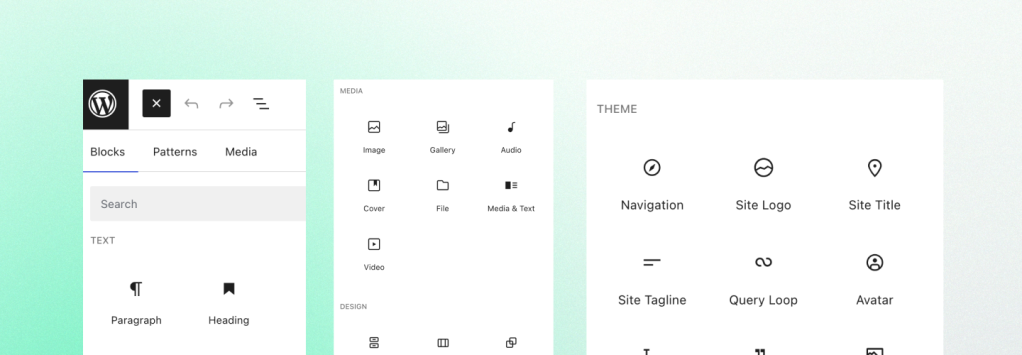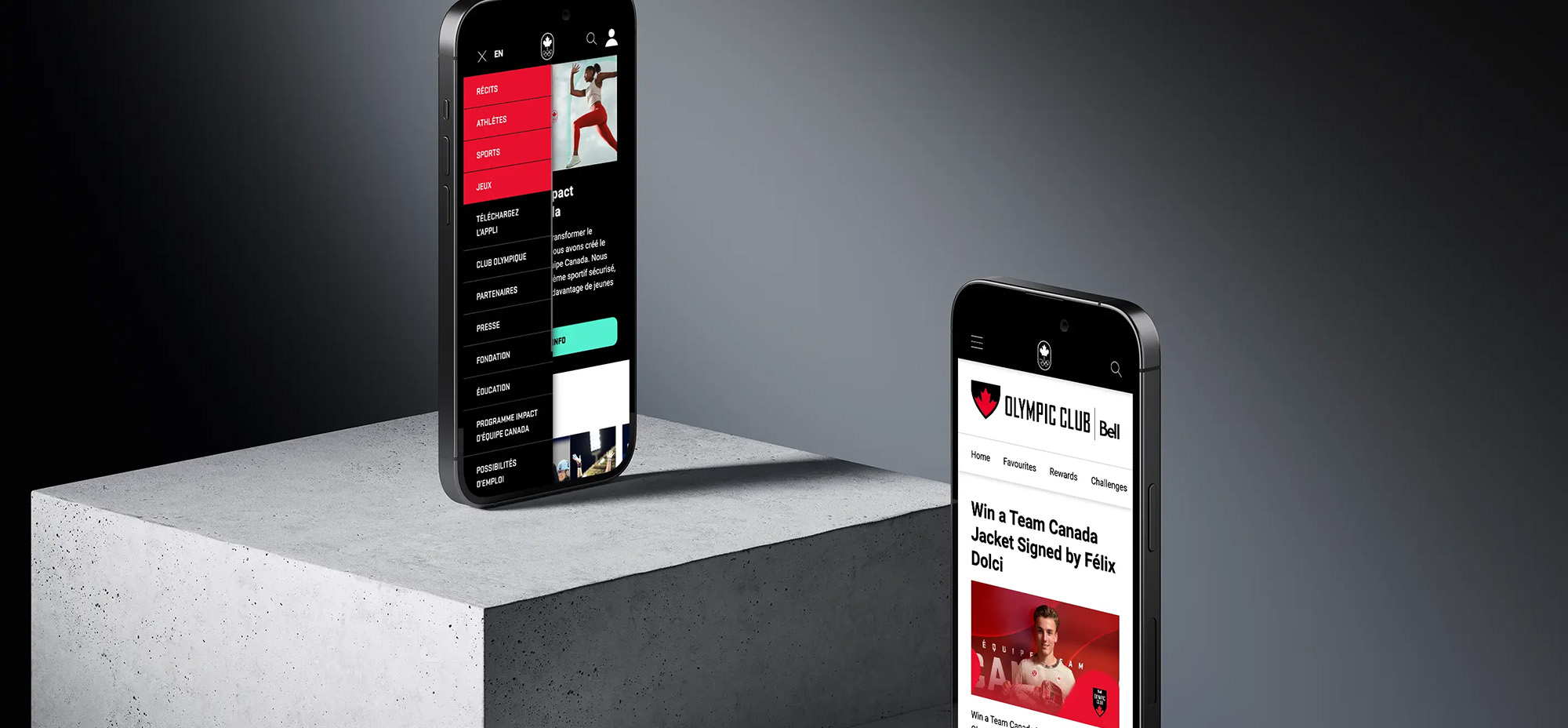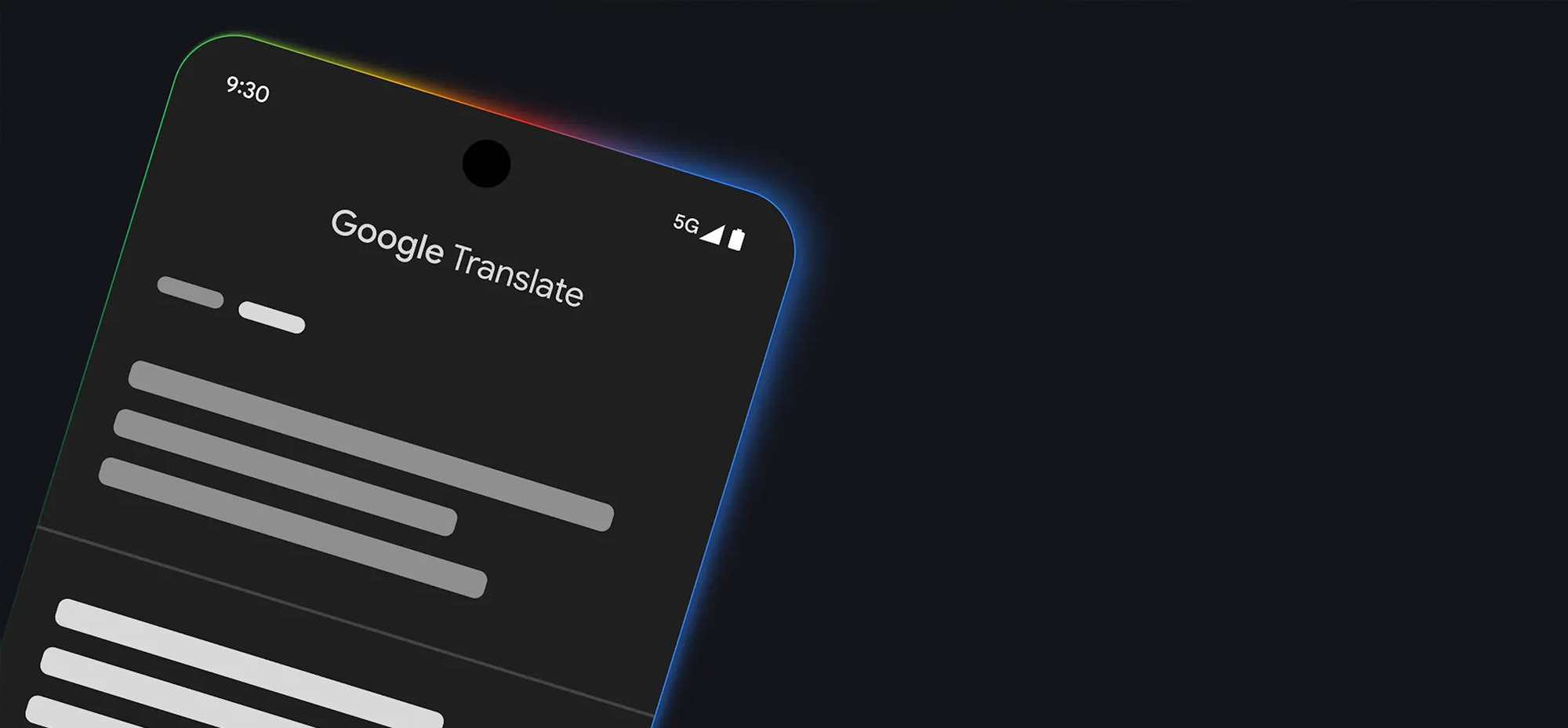Your enterprise is planning a global product launch for Q2. Marketing teams across three continents are preparing content in seven languages. Legal compliance varies by region. The design system was just updated last month. Development resources are split between this project and a critical e-commerce integration. And your content teams are asking why launching a new page template takes four weeks.
In the not-so-distant past, this meant endless email threads, development bottlenecks, and compromises on either speed or quality. Today, the same scenario plays out differently in organizations that have embraced WordPress’s modern block editor and Full Site Editing (FSE).
This shift represents the solution to a fundamental enterprise challenge: How can organizations maintain control while democratizing creation? How do they scale content operations without scaling complexity? Let’s explore how this architectural shift in WordPress is answering these questions.
The Block Editor: A New Paradigm for Content Creation
Remember the days of the classic WordPress editor, where content lived in a single field and custom layouts required shortcodes or custom HTML? The block editor represents a fundamental reimagining of content creation. Think of it as working with digital LEGO blocks – each element on your page is a discrete unit that can be manipulated independently. For enterprise organizations, this modular approach solves several critical challenges:
– Content Standardization: Maintaining consistent brand presentation becomes crucial when marketing teams span multiple departments and regions. The block editor enforces structural consistency by providing a standardized set of content components. Your team in New York uses the same quote block as your team in London, ensuring visual harmony across all content.
– Reduced Technical Debt: The block editor provides a native, standardized way to create complex layouts. This standardization means less custom code to maintain and fewer potential points of failure.
– Enhanced Content Reusability: Blocks can be saved as reusable elements and shared across pages or even sites in a multisite network. Imagine updating a company boilerplate or legal disclaimer across hundreds of pages with a single edit – that’s the power of reusable blocks in an enterprise context.
Full Site Editing: Beyond Content Management
While the block editor revolutionized content creation, Full Site Editing extends this revolution to the entire site structure. FSE represents WordPress’s evolution into a complete design system manager.
The Power of Global Styles
At the heart of FSE lies theme.json, a configuration file that serves as your design system’s single source of truth. This file controls:
- Typography scales
- Colour palettes
- Spacing units
- Layout presets
- Block variations
For enterprise organizations, this centralized approach to design tokens ensures brand consistency across your digital presence. When your brand updates its primary colour, one change to theme.json cascades throughout your site.
Template Editing and Content Architecture
FSE introduces a visual template editor that transforms how enterprises manage content architecture. Instead of relying on developers to create PHP template files, content architects can now:
- Design templates visually using blocks
- Create template variations for different content scenarios
- Manage template parts (headers, footers, sidebars) through a visual interface
- Set up conditional logic for template display
This democratization of template creation accelerates development cycles while maintaining the guardrails necessary in an enterprise environment.
Enterprise Integration Considerations
Modern WordPress isn’t an island. It must work seamlessly with your existing enterprise systems. Here’s how blocks and FSE facilitate integration:
REST API and Headless Implementation
The WordPress REST API provides endpoints for interacting with blocks programmatically. This enables:
- Content synchronization across platforms while preserving block structure
- Headless implementations where WordPress serves as a content hub
- Custom block rendering in external applications
- Automated content updates from external systems
Custom Block Development
Enterprise implementations often require specialized functionality. Custom blocks serve as the bridge between WordPress and your organization’s unique needs.
Performance and Scale
Enterprise websites must perform flawlessly under heavy load. The block system is designed with performance in mind:
Server-side Rendering: Blocks can be rendered server-side, reducing JavaScript overhead and improving initial page load times.
Selective Loading: The block editor loads only the necessary JavaScript and CSS for the blocks present on each page.
Caching Strategies: Block markup can be cached at various levels, from object cache to CDN, improving performance for high-traffic sites.
Future-Proofing Your Enterprise Website
The combination of the block editor and Full Site Editing transforms WordPress into a robust enterprise web design platform. This modern approach provides the flexibility and functionality that large organizations need while maintaining the ease of use that made WordPress popular in the first place.
As you plan your enterprise website, consider how these features align with your organization’s needs:
- Do you need to maintain consistent branding across multiple properties?
- Are you looking to streamline content creation workflows?
- Do you require integration with existing enterprise systems?
- How important is visual design flexibility for your content teams?
The answers to these questions will guide your implementation strategy and help you leverage WordPress’s modern features to their fullest potential.
Moving Forward with Enterprise WordPress
Implementing blocks and FSE at an enterprise scale requires more than just technical knowledge. It demands a deep understanding of enterprise workflows, compliance requirements, and global content operations. The true challenge lies in architecting a solution that balances flexibility with control, speed with stability, and innovation with reliability.
At Trew Knowledge, we’ve guided numerous enterprise organizations through this exact transformation. Our team has developed deep expertise in enterprise WordPress architecture for complex, global organizations. Contact our experts to start a conversation about your enterprise WordPress project.


